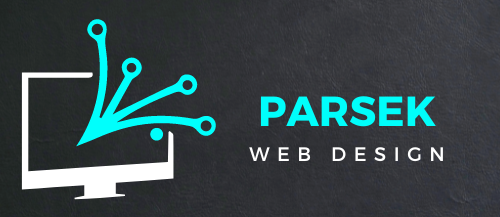Here are some frequently asked questions (FAQs) about website design along with brief answers:
1. What is website design?
Website design refers to the process of creating the visual layout, structure, and user interface of a website. It involves elements such as layout, color scheme, typography, graphics, and interactive features.
2. Why is website design important?
Website design is important because it influences user experience, brand perception, and conversion rates. A well-designed website enhances usability, engages visitors, and communicates brand identity effectively.
3. What are the key principles of good website design?
The key principles of good website design include simplicity, consistency, visual hierarchy, readability, and responsiveness. Designing with these principles in mind ensures a user-friendly and visually appealing website.
4. What is responsive web design?
Responsive web design is an approach to web design that ensures a website’s layout and content adapt seamlessly to various screen sizes and devices, such as desktops, tablets, and smartphones. This ensures an optimal viewing experience for users across different devices.
5. What is the difference between UX design and UI design?
User Experience (UX) design focuses on enhancing the overall experience of users when interacting with a website or product. It involves research, wireframing, and usability testing to optimize usability and user satisfaction. User Interface (UI) design, on the other hand, deals with the visual elements and interactive features of a website or product, including layout, typography, color scheme, and navigation.
6. What is the role of color in website design?
Color plays a crucial role in website design as it can evoke emotions, convey brand identity, and guide user attention. Choosing the right color scheme enhances visual appeal, reinforces brand recognition, and influences user behavior.
7. How can I improve the loading speed of my website?
Improving the loading speed of your website involves optimizing images, minifying CSS and JavaScript files, leveraging browser caching, using a content delivery network (CDN), and choosing a reliable web hosting provider. These measures help reduce page load times and enhance user experience.
8. What is the difference between a website builder and a content management system (CMS)?
A website builder is a tool that allows users to create websites using pre-designed templates and drag-and-drop functionality, requiring no coding skills. A content management system (CMS) is a software platform that enables users to create, manage, and publish digital content, including websites, blogs, and online stores. While website builders are simpler and more user-friendly, CMSs offer greater flexibility and customization options.
9. What are the best practices for website accessibility?
Best practices for website accessibility include providing alternative text for images, using semantic HTML markup, ensuring keyboard accessibility, maintaining color contrast for readability, and testing with assistive technologies such as screen readers. These practices ensure that websites are usable and accessible to people with disabilities.
10. How often should I update my website?
The frequency of website updates depends on factors such as industry trends, content relevance, and technological advancements. It’s recommended to update website content regularly to keep it fresh, engaging, and aligned with your business goals. Additionally, software updates and security patches should be applied promptly to maintain website security and performance.








